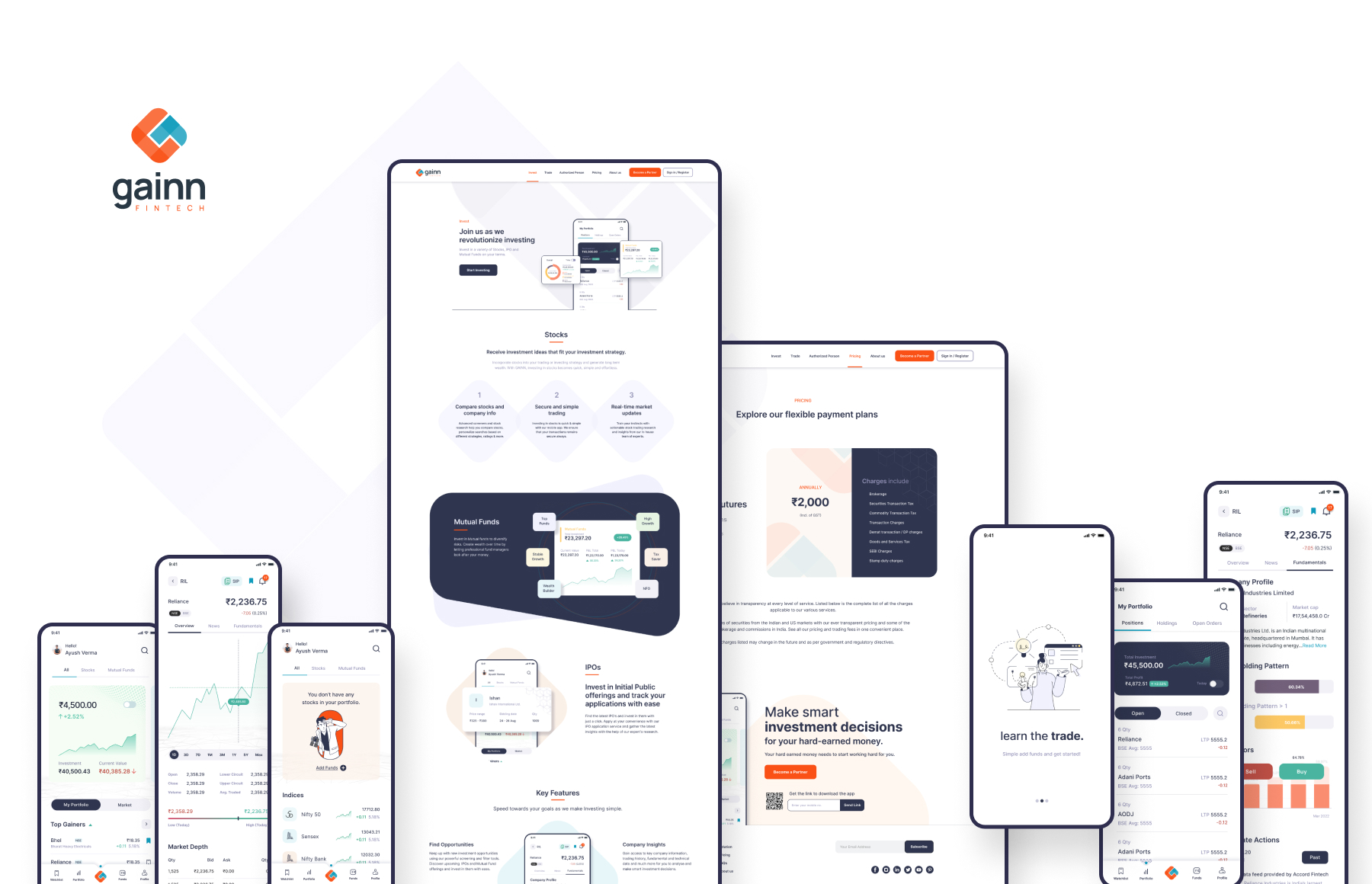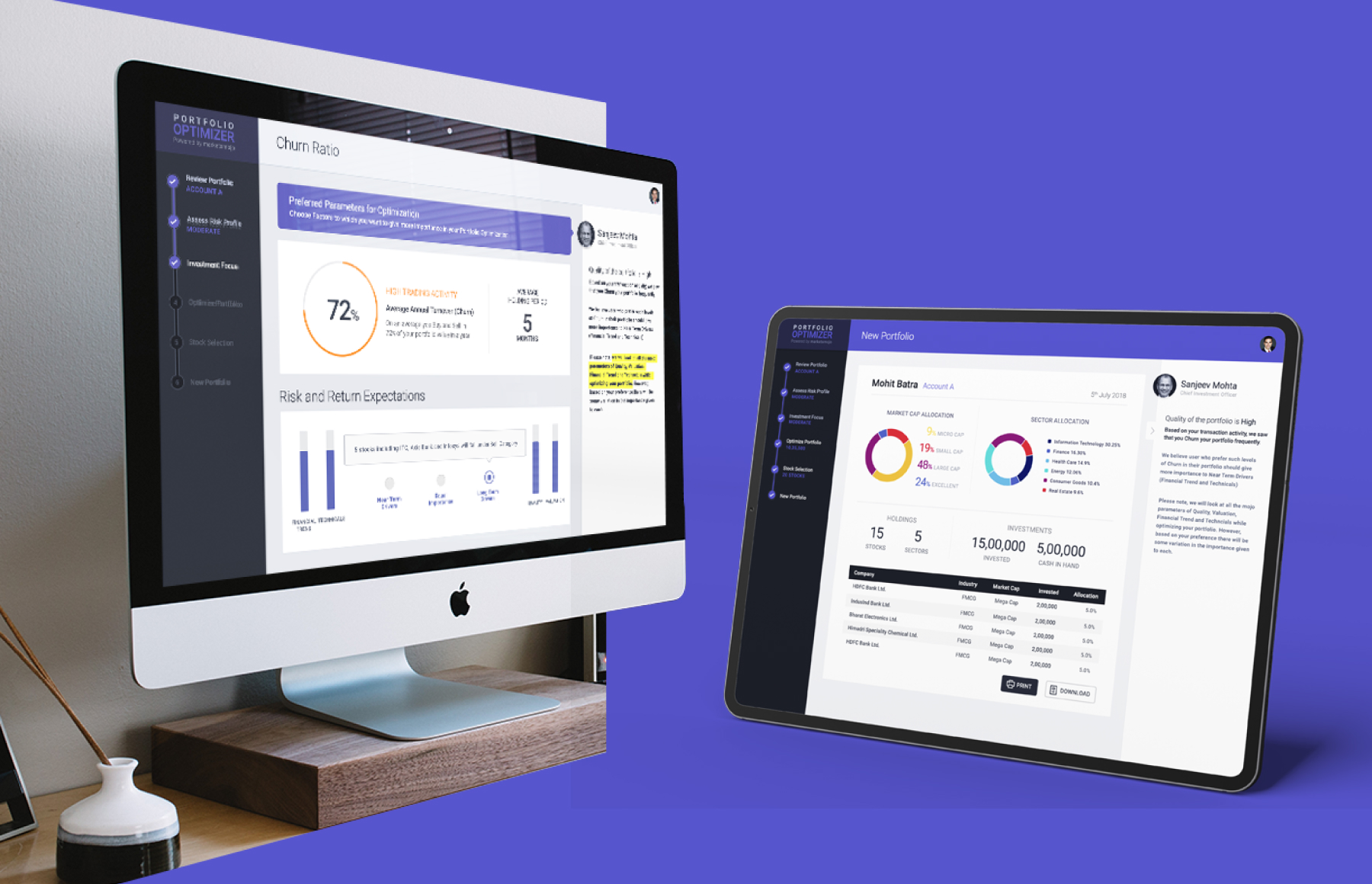User persona research is a foundational component of user-centered design and product development. It revolves around the creation of detailed and semi-fictional profiles that represent your ideal users.
The primary purpose of user personas is to deepen your understanding of users’ needs, goals, behaviors, and pain points. By crafting these personas, you unlock valuable insights into your target audience, which in turn empowers you to design products, services, and experiences that align closely with user expectations and preferences.
Importance of User Persona Research
User-Centric Focus: User personas redirect the design and development process from assumptions and generalizations to concrete user insights. This shift ensures that every design decision is rooted in real user data.
Design Alignment: Designing with user personas as a reference guarantees that the final product resonates with the intended audience. This often results in higher user satisfaction and increased adoption rates.
Effective Communication: User personas provide a shared vocabulary for the entire project team. This common language streamlines discussions and facilitates the prioritization of features and design choices.
Empathy: Developing user personas encourages team members to step into the shoes of their users, fostering a deeper understanding of user motivations and pain points.
Key Steps in User Persona Research
User Research: Initiate the process by conducting thorough user research, which may encompass surveys, interviews, usability testing, and data analysis. The objective is to collect comprehensive data regarding user demographics, behaviors, preferences, and pain points.
Data Analysis: Analyze the gathered data to identify patterns, trends, and shared characteristics among your users. These insights lay the foundation for creating distinct personas.
Segmentation: Based on the data analysis, categorize users into segments or groups that share common characteristics and needs. This segmentation forms the basis for developing individual personas.
Persona Creation: Construct unique personas, each embodying a specific user segment. These personas should include details like a name, age, job title, goals, challenges, and primary behaviors. The personas must be rich in information, offering a clear window into the user’s mindset.
Visual Representation: Enhance the personas by adding visual elements such as photographs or illustrations. This visual aspect makes the personas more relatable and memorable.
Storytelling: Compose narratives or scenarios that illustrate how each persona interacts with your product or service. These stories help teams visualize user journeys and pain points.
Validation: Validate the personas through additional user research or testing to ensure they accurately represent your target audience.
Creating a survey service page for UX/UI research involves designing a webpage that is user-friendly, informative, and visually appealing.






